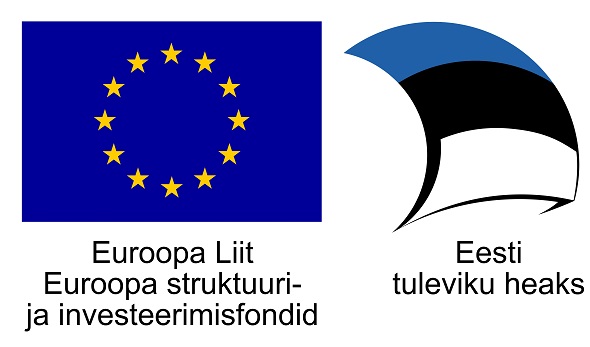New fonts come to life from the hand of Anton Koovit
The typeface called Adam by Anton Koovit, visiting lecturer at the Estonian Academy of Arts and type designer, was the first typeface by an Estonian to be included in the FontShop library, an international company selling thousands of fonts.
Having studied graphic design at the Estonian Academy of Arts and typography at the Royal Academy of Arts, The Hague, Koovit set out to design a font that would be suitable for printing an art manifesto. Over time it developed into a typeface that works everywhere – as both large or small text.
Like many he began his career with smaller projects, designing logos and offering typographical consultations. From there he began to produce finished typefaces that could be sold separately. According to Anton Koovit studying and presenting his ideas abroad have been a great help. “You need to show your designs to others, speak to people and make contacts. You need to find people who know more than you, who can advise and influence. It is also important to be open and share your own knowledge and expertise along the way.” According to Koovit one of the keys to success is synergy.
Own font foundry
His future goals include the creation of more typefaces and as their number increases maybe he will even open a font foundry.
Koovit finds inspiration from everyday environment and from experimenting. “Some of my typeface families are very research based, for example U8 is based on hundreds of photographed signs, digging in archives, books. Another typeface may be born from playful experimentation – I might discover an interesting scribble /curve and take it further,” describes Koovit.
Why is typography important?
First of all to achieve good usability. “For the reader there should be no obstacles in a text. If fluent readability is achieved on technical basis then the next priority is individuality, even exclusivity. Text has a subliminal effect, something akin to colour and smell, which conveys ambience,“ explains Anton and adds that “a tailored suit always fits better, similarly this applies to a typeface that is crafted for a specific purpose. If it is good, then entire visual communication can be based on it. Working like this is better for the user and the workers who use the typeface, eventually everyone.”





